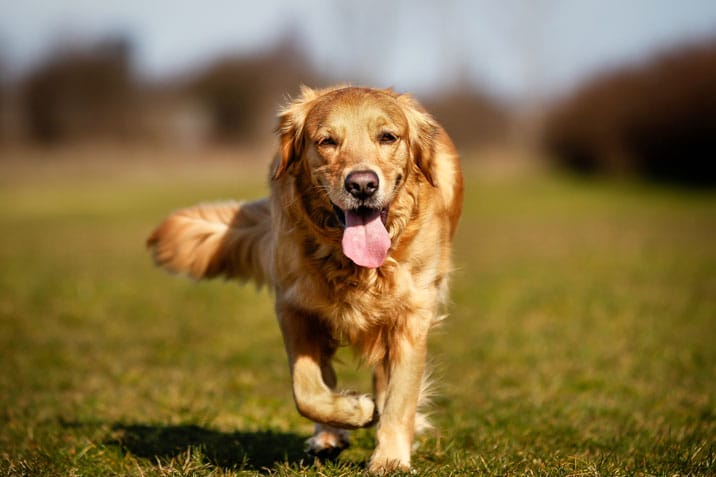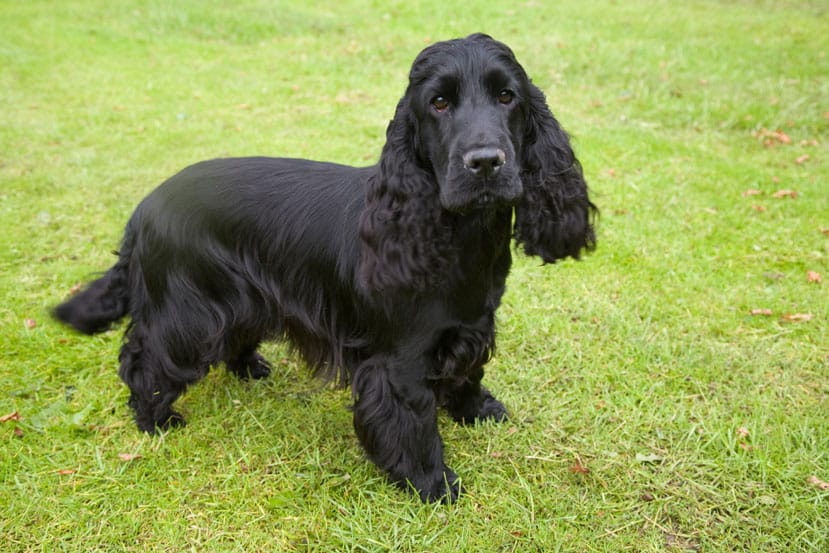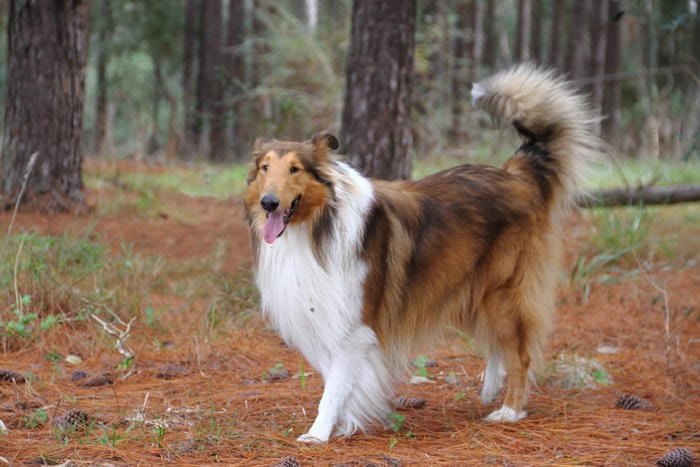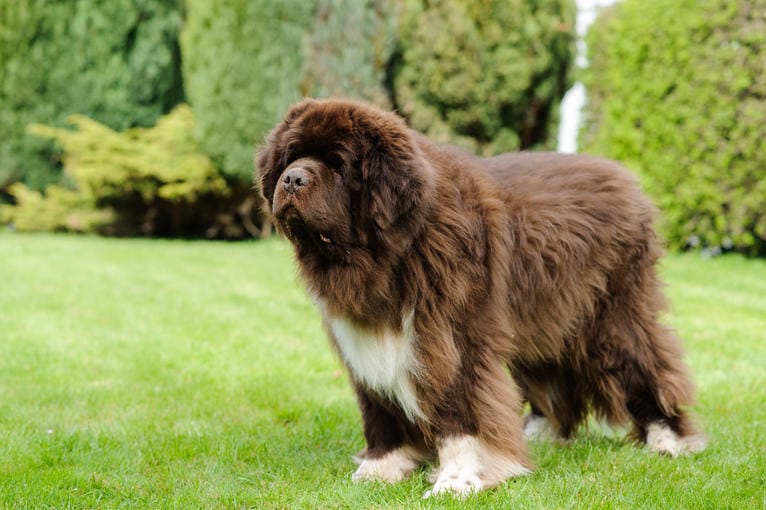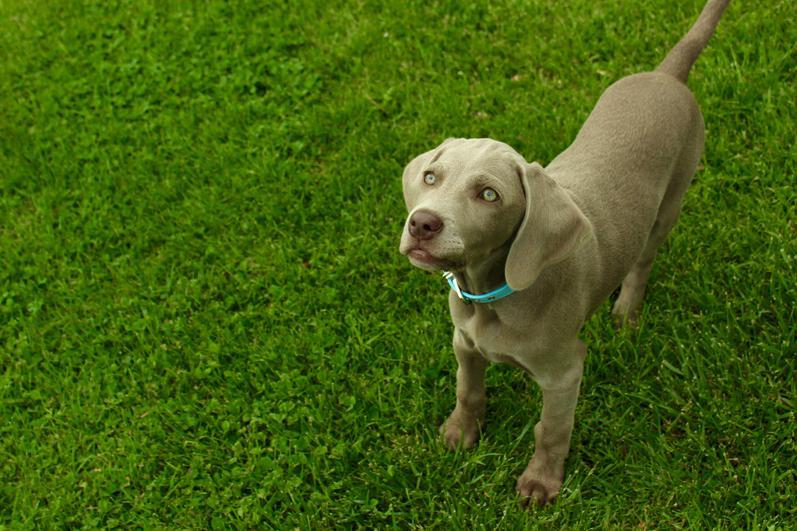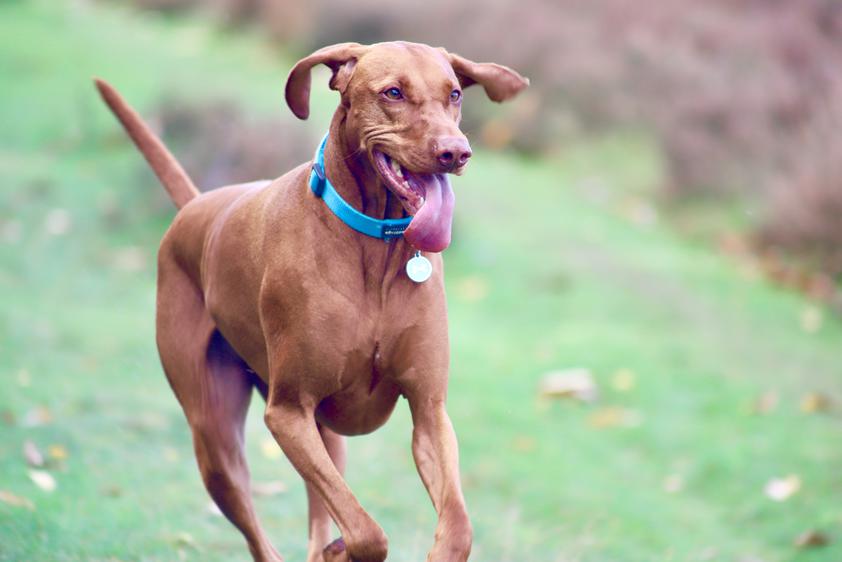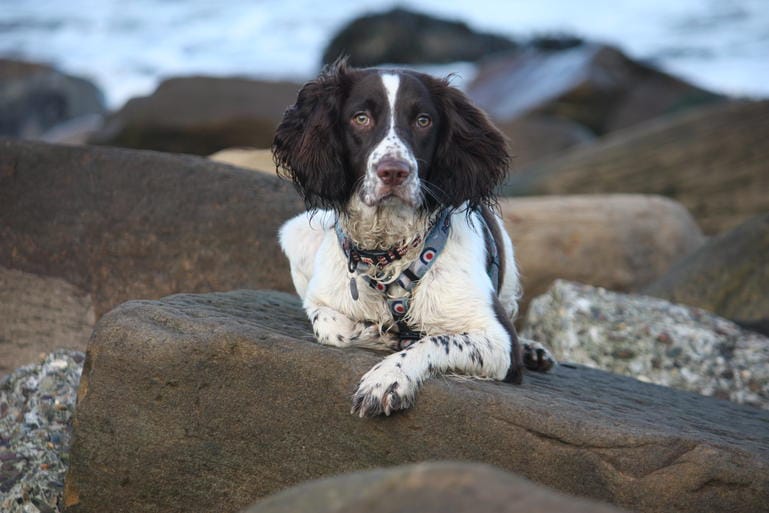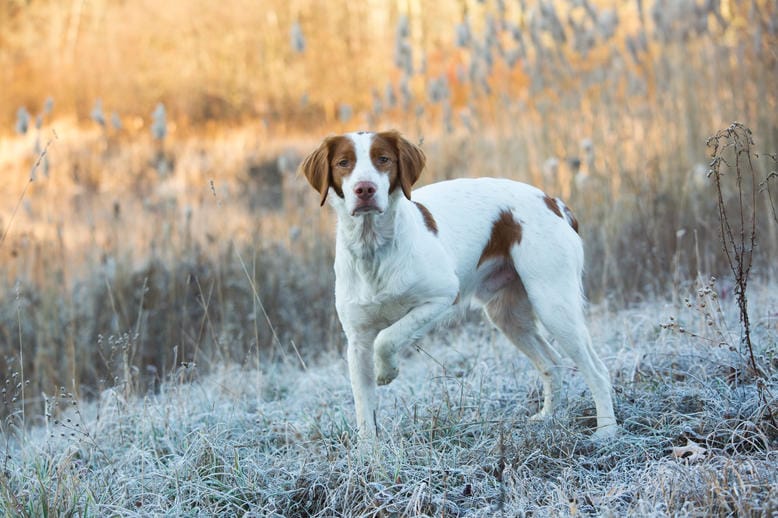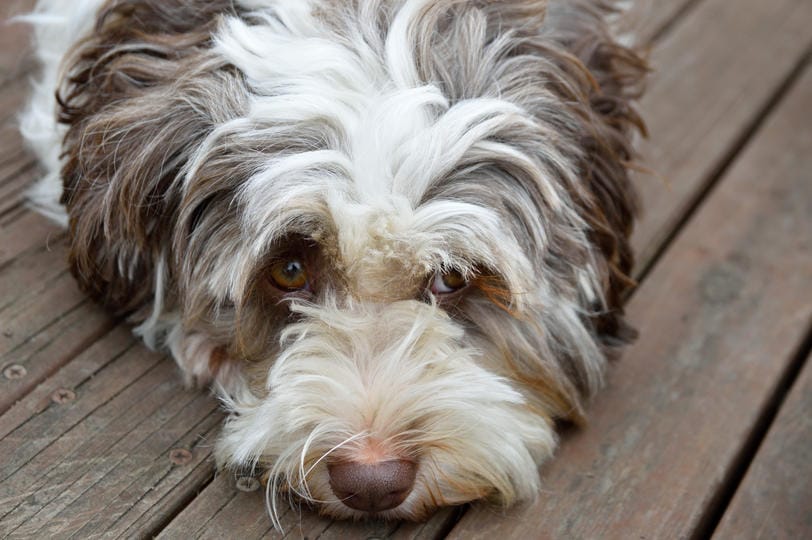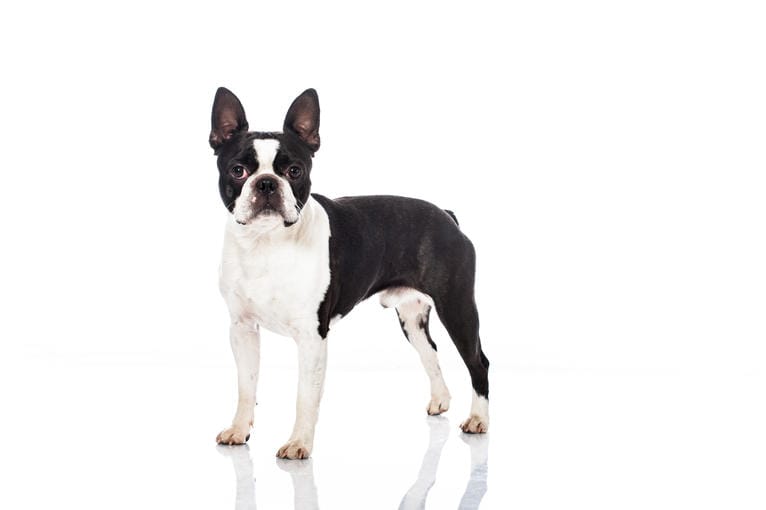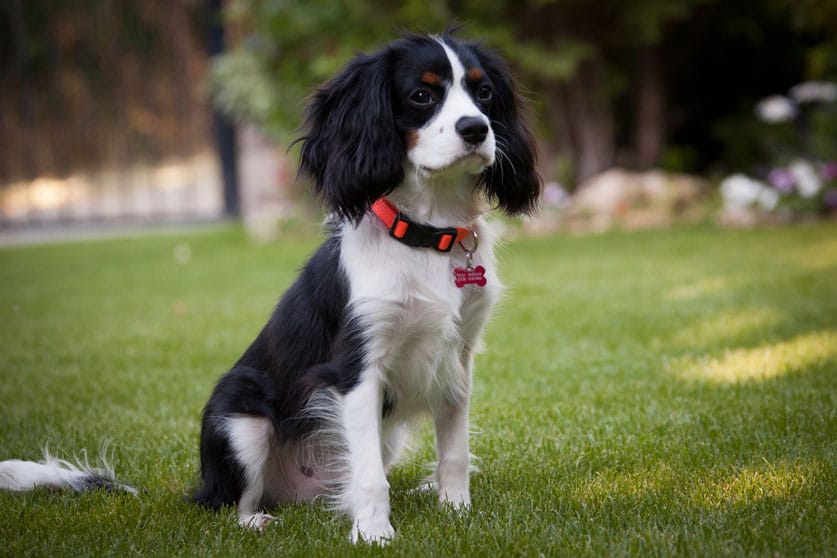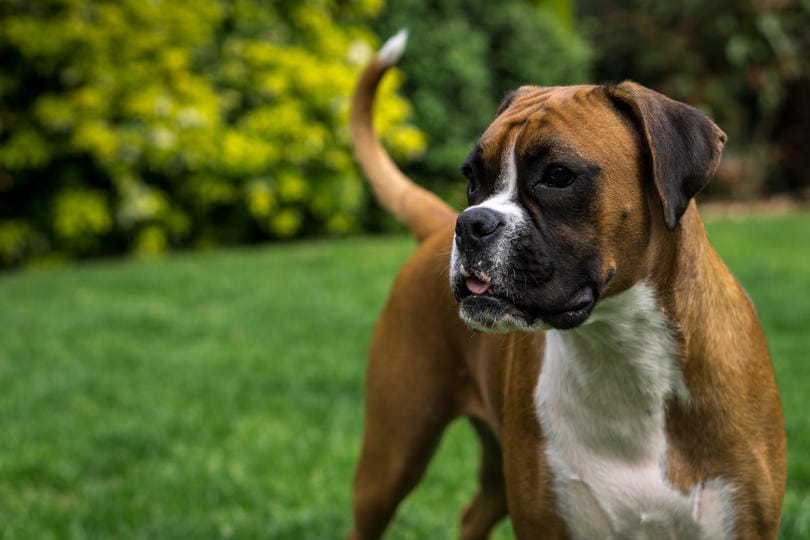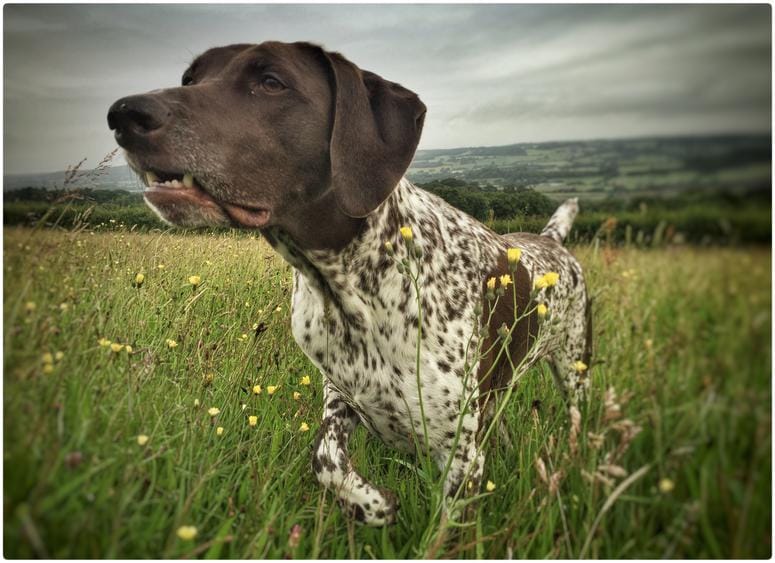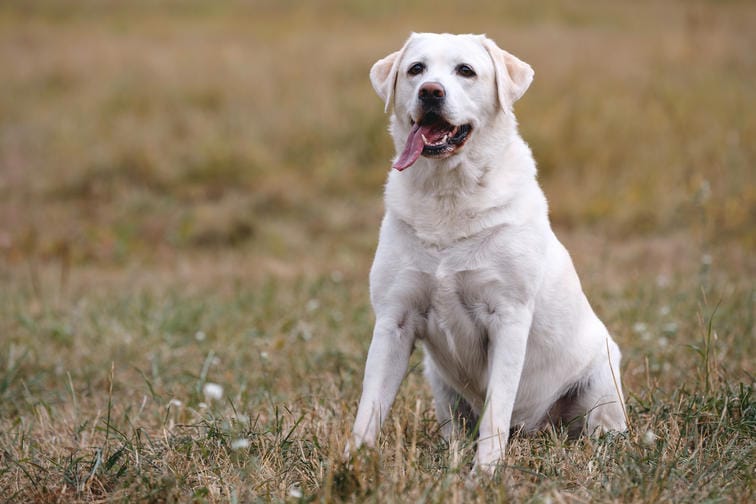Nom Nom Blog
The Best Dog Breeds for Families
In the United States, almost 50% of households share their homes with dogs, making them the most popular pet in the country.
The American Kennel Club recognizes hundreds of different breeds, all with their own unique characteristics and appearances. In fact, due to their range of sizes, temperaments and more, dogs are often specially bred or used for different purposes, such as hunting, guarding, or assisting humans as guide dogs or therapy dogs.
So with so many diverse dog breeds, which are best suited as family dogs?
All of the breeds on this list are known for their outgoing and friendly nature, as well as their trainability and lower maintenance. Many of the dogs are highly active and thrive in a variety of environments; urban, suburban or rural. Most importantly, all of these breeds interact well with kids.
Here are 15 terrific dog breeds for families.
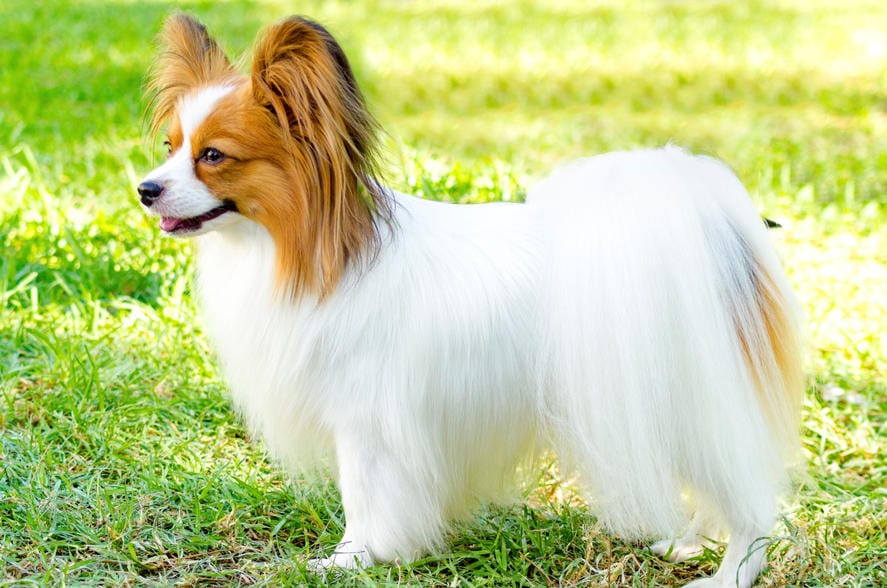
Papillon
- Size: Tiny
- Lifespan: 13-15 years
- Great for: Companionship, agility, walking
Papillons are tiny, observant, and friendly dogs that usually weigh less than ten pounds. They are particularly versatile, adapting well to different temperatures and environments. As companion dogs, Papillons want to spend a lot of time with their families and are eager to please them, which makes the training process manageable. Keep them engaged with puzzle toys, nature walks, and plenty of attention!
Photo Credit: MediaWorldImages / Alamy Stock Photo
English Cocker Spaniel
- Size: Medium
- Lifespan: 12-15 years
- Great for: Hiking, long walks, hunting
Compact and upbeat, English Cocker Spaniels are equally at home indoors and outdoors, making them the perfect companions for families. These dogs are easy to train, responding best to positive reinforcement. Try scent games, dog sports and therapy work to keep them stimulated.
Photo Credit: Gabriela Bertolini / Alamy Stock Photo
Collie
- Size: Large
- Lifespan: 13-16 years
- Great for: Agility, herding, rescue
Large yet graceful, Collies are most famous for their luxurious coats. However, their loyal nature also makes them excellent family dogs. Collies love to play with children and enjoy human company. They are best trained in an obedience school and at an early age, and are excellent candidates for classes such as herding and tracking. Collies should be brushed a few times a week to keep their coats shiny and healthy.
Photo Credit: Richard Lane / Alamy Stock Photo
Newfoundland
- Size: Extra large
- Lifespan: 8-10 years
- Great for: Companionship, lifeguard work, hiking
Devoted, patient, and furry, Newfoundlands are gentle giants that are often considered “nanny dogs” due to how well they interact with children. Since they're excellent swimmers, they make good lifeguards, and would also appreciate long, leisurely walks with their people. Newfoundlands react best to guidance rather than correction during their puppy training, and they require daily interaction with their humans. Despite their seemingly heavy coats, Newfoundlands only need to be brushed about once a week.
Photo Credit: Andrew Coleman / Alamy Stock Photo
Weimaraner
- Size: Large
- Lifespan: 10-12 years
- Great for: Playing outside, running wild, hunting
Brave, friendly, and obedient, Weimaraners integrate into families with ease. Weimaraners are highly intelligent and pick up new behaviors quickly—this makes early training a necessity so that they develop good habits and obedience. These dogs should have plenty of mental and physical enrichment through exercise such as running, hiking and agility work, as well as play with the family. While brushing needs to be done only once a week, nail trimming should be done more often in order to keep the nails short.
Photo Credit: Angela Chalmers / Alamy Stock Photo
Vizsla
- Size: Large
- Lifespan: 12-15 years
- Great for: Retrieving, swimming, guarding, hunting
Long-limbed and energetic, Vizslas are highly athletic, drawing upon their instincts as hunting dogs. Families that enjoy activities like running, hiking and swimming are a great match with this breed. Obedience training should begin early for Vizslas so they understand the family dynamic and learn correct behaviors while they are still puppies. With their short hair, Vizsla’s require very little grooming.
Photo Credit: Christopher Gandy / Alamy Stock Photo
English Springer Spaniel
- Size: Medium-large
- Lifespan: 12-14 years
- Great for: People-pleasing, long walks, fetch
English Springer Spaniels are playful and obedient, getting along well with children. These dogs become easily attached to their families, and they are eager to be trained. In fact, English Springer Spaniels are least happy when not given enough attention; they love being included in all family activities. A medium-sized dog, English Springer Spaniels have a lifespan of about 14 years.
Photo Credit: Nature Picture Library / Alamy Stock Photo
Brittany
- Size: Medium
- Lifespan: 14-15 years
- Great for: Companionship, exercise, hunting, and canine sports
Friendly and eager, the Brittany relishes spending time with its humans, especially when outdoor activities are involved. These dogs are known for their trainability in canine sports, but they can also be trained for domestic family life and socialization. Their short coat needs to be groomed a few times a week.
Photo Credit: Devis Alberti / Alamy Stock Photo
Havanese
- Size: Small
- Lifespan: 13-15 years
- Great for: Socializing, relaxing indoors, giving affection
usually less than a foot tall, making them ideal for urban families without close proximity to large outdoor spaces. These dogs tend to be loyal companions that are just as happy on the couch as they are going for long walks outside. Cheerful and intelligent, Havanese responds well to positive reinforcement when being trained. should be groomed every few days to prevent their long hair from getting matted.
Photo Credit: Judith Dzierzawa / Alamy Stock Photo
Boston Terrier
- Size: Small-medium
- Lifespan: 13-15 years
- Great for: Agility, companionship, relaxing quietly at home
Boston Terriers are small, lively dogs that thrive in urban, suburban, or rural environments. They are friendly and amusing, and their size can make young children feel comfortable with having a dog. These Terriers are eager to please, which makes training them fairly easy to handle. Weekly brushing and occasional baths are sufficient for grooming. These dogs also shed very little.
Photo Credit: Taner YILDIRIM / Alamy Stock Photo
Cavalier King Charles Spaniel
- Size: Small
- Lifespan: 9-14 years
- Great for: Sitting on laps, playing with children, napping on the couch
Named for British royalty, this breed lives up to its royal heritage. The Cavalier King Charles Spaniel is equally gentle and athletic, and as such is versatile with families that are either active or more laidback. These dogs are affectionate and easily trained, due to their desire to please their owners. This breed requires little grooming and only sheds occasionally.
Photo Credit: Lawson images / Alamy Stock Photo
Boxer
- Size: Large
- Lifespan: 10-12 years
- Great for: Guarding, playing with children, running loose
In addition to their initial purpose as loyal watch dogs, boxers are fun and affectionate. Their outgoing nature is perfectly suited for being a family dog, an assistance dog, or a canine athlete. They can be trained well, though their intelligence means they can be easily bored by repetition. Boxers have short coats that need little attention.
Photo Credit: Andrew Chastney / Stockimo / Alamy Stock Photo
German Shorthaired Pointer
- Size: Large
- Lifespan: 12-14 years
- Great for: Hunting, running outdoors, socializing with people
This medium-sized dog is friendly, intelligent, and loves spending time with human friends. Highly energetic, they need frequent exercise and thrive with families that enjoy outdoor activities. Although this breed might not be as well behaved in their younger years, they take well to gradual socialization and obedience training. The German shorthaired pointer’s coat should be brushed every few days but does not require extensive grooming.
Photo Credit: Mikkel Bigandt Oehlenschlager / Alamy Stock Photo
Golden Retriever
- Size: Large
- Lifespan: 10-12 years
- Great for: Swimming, retrieving, disability assistance
Known for their obedience and gentle temperament, Golden Retrievers are particularly good companions for children. Golden Retrievers love to play in the water and run around outside, and their need for exercise makes them well-suited for suburban or rural homes. It’s important to note that Golden Retrievers are prone to gaining weight when not exercised or properly fed.
Photo Credit: Fotorince / Alamy Stock Photo
Labrador Retriever
- Size: Large
- Lifespan: 10-14 years
- Great for: Sporting/ hunting, therapy, and (of course) retrieving
Often known as “yellow labs” or “chocolate labs” depending on their color, Labrador Retrievers are one of the most popular dog breeds in the United States. Labrador retrievers are characterized as active and outgoing, excellent for families with children. The lab’s thick coat sheds often, but only requires washing occasionally. Labs also respond well to puppy training classes, especially at an early age, and respond well to different people and places.
Keep in mind that this list includes only 15 dogs out of hundreds upon hundreds of breeds, not to mention a literally uncountable number of mixed-breed, one-of-a-kind dogs. Almost any dog can be well-suited to raise with a family, as long as you take their personality into account, are consistent with training, and offer plenty of enrichment activities to ensure that their body and brain stays in tip top shape.


